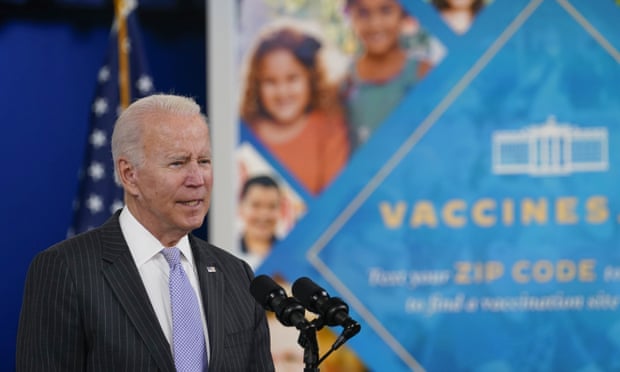Biden Signs Series of Executive Orders
Seeks to mitigate the Senate stalemate
As top priorities of President Biden’s agenda on issues like voting rights, police reform, and gun control lay stalled in the Senate, where 60 votes are needed to proceed with bills, the President signed a series of executive orders and directives in an attempt to fulfill his campaign promises even if Congress will not be of assistance.
In March, President Biden signed an executive order which “promoted access to voting,” aimin to spread knowledge and access to voter registration and other information regarding elections. Since then, the President appointed Vice President Kamala Harris to head his efforts on voting rights. Recently, she led efforts to improve access and voting information to individuals with disabilities and Native American communities. While some advocates of what expressed frustration that the party’s marquee bills stalled for months in the Senate, the administration tried to highlight these ballot-access and information initiatives, with the Vice President holding listening sessions with members of affected communities, including several with leaders from the African American community often targeted by a slew of suppressive voting laws in states like Texas and Georgia.
As for police reform, while the much-anticipated George Floyd Justice in Policing Act officially died in the Senate earlier this year, the President took a series of actions stemming from campaign pledges from the summer of 2020. This included a halt on federal capital punishments, a reduction of federal private prisons, strong limitations on the uses of no-knock warrants and chokeholds, and a series of investigations from the Justice Department into police departments across the country on the account of alleged misconduct. The administration also announced that they would fund community violence intervention programs, with the aim of reducing crime in cities across the country.
When it comes to gun control, which also found itself stuck in the mud of the Senate, the President issued a series of executive orders, with the aim of reducing gun violence after a slew of horrendous shootings in places like schools and stores. The main intent of the order is to reduce the manufacturing and selling of so-called “ghost-guns,” homemade weapons which remain outside of the supervised system. The Build Back Better act, which faces better prospects than many other mentioned proposals, contains funding for programs designed to reduce the number of shootings in highly-vulnerable communities.
These bills act as progress in areas of the President’s agenda where the Senate will not act. These items, when paired with the Build Back Better act, which the President is still confident he can pass in the coming weeks, will likely represent much of the President’s domestic policy accomplishments going into the midterm elections, along with COVID-19 relief, and the Bipartisan Infrastructure plan passed last month.

Abhishek is a deeply engaged member of the Albuquerque Academy community, part of several government and politics-focused clubs and activities. For the...







